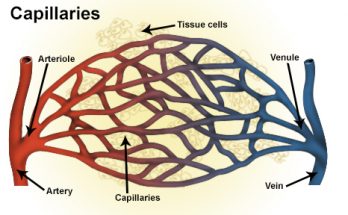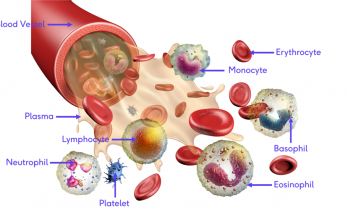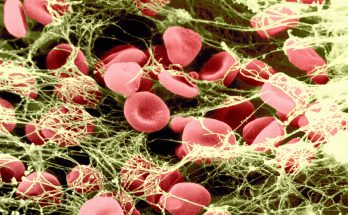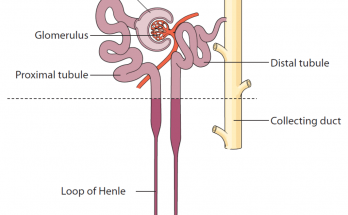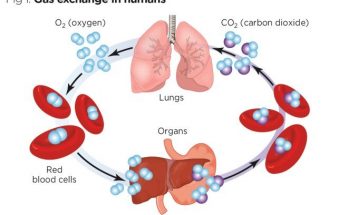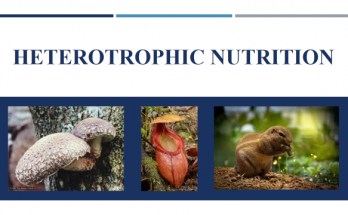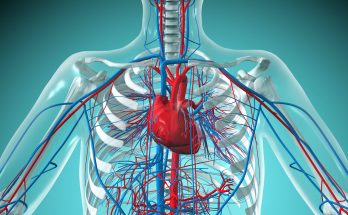
Human Heart Class 10
The Human Heart is a vital organ that pumps blood throughout the body. Its location is in the chest, between the lungs and it is divided into four chambers. The heart’s structure includes valves that ensure blood flows in one direction. The working mechanism of the heart is controlled by electrical signals that travel through specialised cells. A diagram of the heart can help understand its function and anatomy.
Human Heart Class 10 Read More